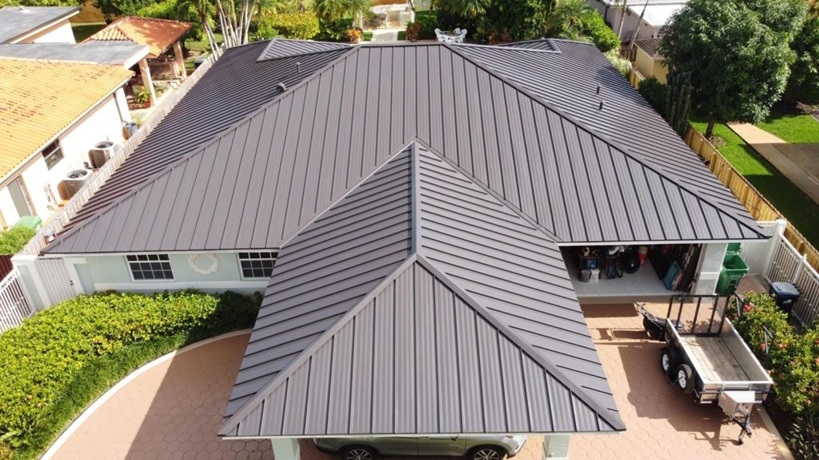The U.S. housing market has been very competitive in recent years. Home prices keep rising, and bidding wars are common because there are not enough houses available. Many homes in popular areas sell for much more than their listed price. In response to this trend, transparent real estate auctions have gained popularity as a way to level the playing field. According to a 2022 forecast from Realtor.com, the median home price was expected to increase by 6.6% that year.
Why Are Home Prices Rising?
There are several reasons why home prices are increasing. The COVID-19 pandemic changed the way people view their homes. With more people working from home, having extra space has become more important. Also, for the past decade, there haven’t been enough new homes, especially in cities.
Big companies are also buying homes to turn them into rental properties, which further reduces the number of homes available for regular buyers. Additionally, mortgage rates have increased because the Federal Reserve raised interest rates to control inflation. Even though rates are higher than before, they are still lower than in the 1990s and early 2000s.
The Benefits of Home Auctions
Home auctions, where the bidding process is public, are becoming more popular worldwide. Transparent bidding helps control home prices because buyers know what others are offering. This system is different from blind bidding, where buyers make offers without knowing how much others have bid.
In blind bidding, a house listed for $750,000 might get three offers: $765,000, $800,000, and $900,000. The highest bidder overpays without realizing it. This drives home prices and makes it harder for others to buy a house.
With open auctions, buyers and sellers both benefit. This method is popular in Australia and is growing in Canada. Unlike foreclosure auctions, where people try to buy homes at low prices, these auctions allow buyers to compete fairly.
How Home Auctions Work
In an open auction, the seller first gets the home appraised to set a reserve price—the lowest amount they are willing to accept. The terms of the sale, like the closing date, are decided in advance. Then, the home is advertised, and potential buyers visit it.
Before the auction, buyers register and show proof of financing, often with a mortgage preapproval letter. On the auction day, bids are made publicly. As long as the reserve price is met, the highest bidder wins. After the auction, the buyer signs paperwork and pays a deposit.
Challenges for Mortgage Lenders
As auctions become more common in the U.S., mortgage lenders may need to change their processes. After the financial crisis of the late 2000s, lenders became more cautious. Borrowers must pass strict financial checks, including credit history and job verification.
Lenders might be even stricter for auctioned homes, making it harder to qualify for loans or causing delays in approvals. However, many people are unhappy with the current home-buying process. Blind bidding increases prices, making homeownership difficult for many buyers.
Home auctions provide a fairer system by making prices transparent. While mortgage lenders may need to adjust their policies, this method could help make home-buying more accessible and affordable.







